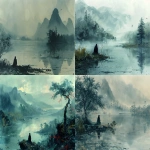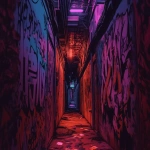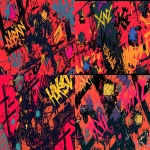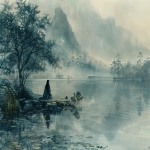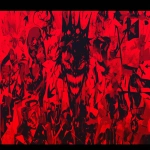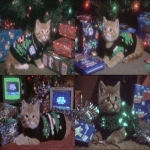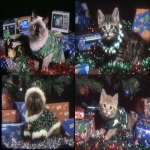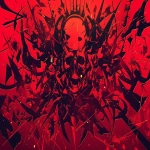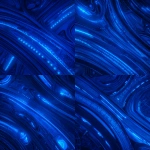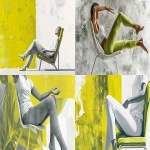Explore the Best AI Image Gallery
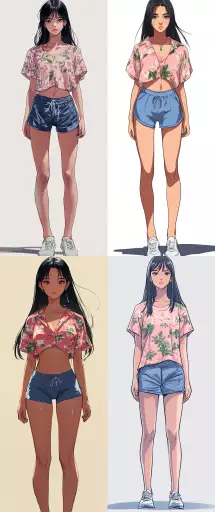
Painting with Pixels: How AI-Generated Visual Content is Transforming the Creative Industry
The realm of creativity has always been a space where human imagination reigns supreme. But what happens when artificial intelligence joins the artistic equation? AI-generated visual content, powered by sophisticated algorithms and vast datasets, is rapidly changing the landscape of art, design, and media. From generating breathtaking images to creating personalized experiences, AI is blurring the lines between human and machine creativity.
A New Brushstroke in the Canvas of Art
AI-powered tools are empowering artists with unprecedented capabilities. Imagine a painter who can sketch an idea and instantly see it transformed into a vibrant masterpiece, or a designer who can generate countless variations of a logo within seconds. These tools act as digital assistants, accelerating the creative process and allowing artists to explore new artistic frontiers.
One notable example is DALL-E 2, an AI system developed by OpenAI that can create realistic images from text descriptions. Users can input prompts like a cat wearing a spacesuit on the moon or a surreal landscape with floating islands, and DALL-E 2 will generate stunning visuals that bring these imaginative concepts to life.
Beyond Art: Applications Across Industries
The potential of AI-generated visual content extends far beyond the realm of fine art. Its applications are vast and diverse, spanning across industries:
- Marketing and Advertising: Creating eye-catching visuals for campaigns, generating personalized ads based on user preferences, and developing interactive marketing materials.
- Entertainment: Designing game environments, creating realistic special effects in movies, and generating character models for animation.
- Education: Producing engaging visual aids for learning, simulating real-world scenarios for training purposes, and personalizing educational content.
- Architecture and Design: Generating conceptual designs for buildings, visualizing interior spaces, and creating 3D models for presentations.
Navigating the Ethical Landscape
While AI-generated visual content offers immense possibilities, it also raises important ethical considerations:
- Copyright and Ownership: Who owns the copyright to AI-generated art? Is it the creator of the algorithm, the user who provided the prompt, or the AI itself?
- Bias and Representation: AI algorithms are trained on existing data, which can reflect societal biases. This can result in biased or stereotypical representations in AI-generated content.
- Misinformation and Deepfakes: The ability to create realistic fake images and videos poses a significant risk for the spread of misinformation and the erosion of trust.
Shaping the Future: Trends and Predictions
The field of AI-generated visual content is rapidly evolving, with exciting trends emerging:
- Increased Accessibility: User-friendly AI tools will make it easier for individuals without technical expertise to create their own visuals.
- Personalized Experiences: AI will be used to generate customized content tailored to individual preferences and interests.
- Interactive Storytelling: AI can create immersive narratives where users can influence the storys direction through their choices.
- Fusion of Art Forms: Well see AI blending visual art with other mediums, such as music, dance, and literature, to create novel artistic experiences.
Conclusion
AI-generated visual content is transforming the creative landscape, empowering artists, revolutionizing industries, and pushing the boundaries of imagination. While navigating the ethical challenges that arise is crucial, the potential benefits are undeniable. As AI technology continues to advance, we can expect even more groundbreaking applications that will reshape how we create, consume, and interact with visual content.
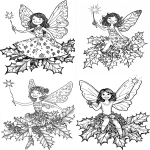
](https://images.ai-img.art/thumbnails/150/56d08b81b5991eca46f50c80b41db4e9ac06c775cbbf5138ea0734d93390316a.webp)

](https://images.ai-img.art/thumbnails/150/baf01e7f997f5bc030aa10831575d8b879a4a6755830df4bcd3dcc93346ef1dd.webp)
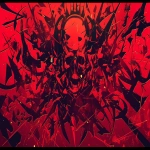
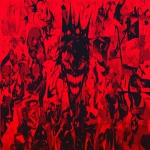
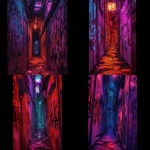
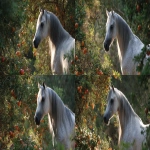

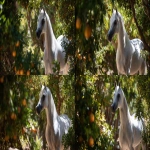
](https://images.ai-img.art/thumbnails/150/fd852e87169bf2f63982b31f7f16a8fa335d75d9536fd48c2b87c7d4b035fa7c.webp)


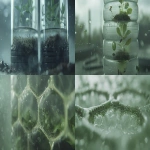
](https://images.ai-img.art/thumbnails/150/4dfe5499f7f4f9e5aa1613199c58710634f2cba5f57ac7e6717c1d56a9864e1a.webp)
](https://images.ai-img.art/thumbnails/150/e407417f3921a9491278afc6484ec26f3ae374d4543e1a56898e8bcb1e41a0da.webp)
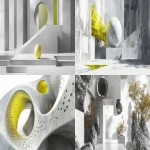
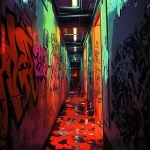
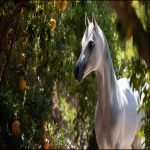
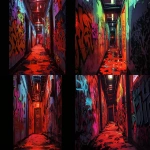
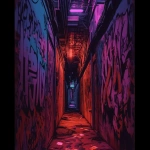
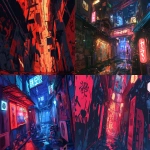


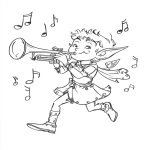
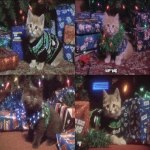
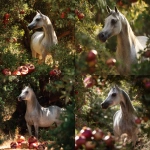
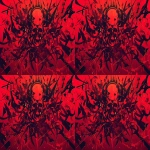

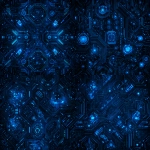
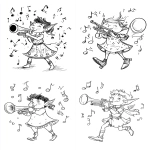

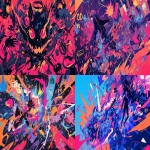

](https://images.ai-img.art/thumbnails/150/ed631f35091268316da1950d8f24949cf71c41220d75ddecc89232e1c28f3653.webp)
